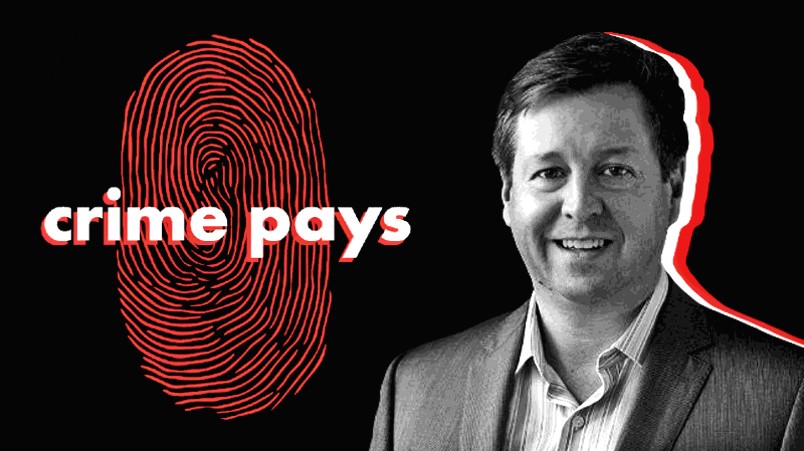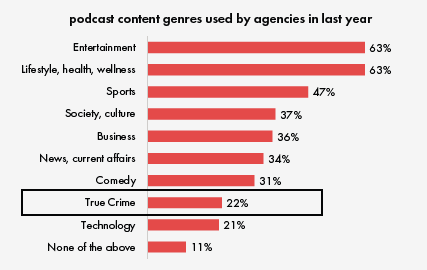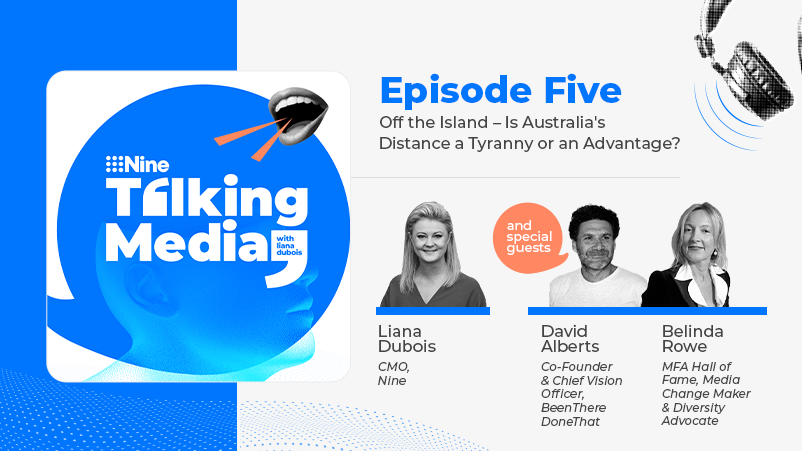‘Stickiness to kill for’: Misplaced brand safety fears and agencies missing clues see brands shun a million true crime podcast listeners; IAB turns to neuroscience to solve mystery

Memory code cracking: Peter Pynta builds a case against those overlooking true crime podcasts despite big, engaged and suspiciously sticky audiences.
Misplaced brand safety concerns are robbing advertisers of a million listeners a month, with a stickiness in true crime podcasts that most media channels would kill for, according to IAB and Neuro-Insight. Agencies are seemingly behind the contextual curve, per their latest research, and are yet to put the clues together – despite new evidence staring them in the face. It's a mystery Neuro-Insight boss Peter Pynta is determined to get to the bottom of.
What you need to know
- More than one million Australian podcast listeners tune into true crime each month, but advertisers remain wary of the category due to misconceptions about brand safety – a problem that runs across media, especially news, challenging contextual business models via blunt keyword blocking.
- IAB Australia and neuromarketing firm Neuro-Insight have collaborated to publish the Crime Pays report, which investigates the advertising opportunities of true crime’s podcast audience.
- That audience skews female and sits predominately within the 25 to 44 age bracket. It over-indexes on purchase intent for some big categories like travel, furniture and white goods.
- True crime podcasts have been found to be as brand safe as entertainment podcasts – and in some cases, more effective by driving higher levels of memory encoding, according to the research.
- Advertisers can drive even greater effectiveness by tapping into listener’s curious, problem-solving mindsets in their messaging, per Neuro-Insight.
- Now they just need to follow the clues to crack those codes.
Any other genre or media channel would probably kill for that stickiness.
IAB Australia and Neuro-Insight have published the new research into true crime podcasts in a bid to land the kind of advertising investment that more than one million monthly listeners should command. The two suggest part a big part of the problem has its roots in misplaced brand safety concerns – an ongoing challenge for other contextual media such as news, which suffers from blunt keyword blocking.
Packaged as the first research of its kind globally, the Crime Pays report unpacks the genre's untapped opportunities, which according to Triton Digital is the third most listened to podcast category in the country, behind only entertainment and news.
Its popularity is evidenced further by the enduring success of titles like Casefile True Crime, which frequently takes the top spot in Triton’s monthly podcast ranker. In January, it was one of five true crime podcasts to land in the top 20.
And, with an audience that skews female (66 per cent), of which more than half (56 per cent) are aged 25 to 54 years, there is an obvious appeal for advertisers.
Yet, true crime was the eighth most popular podcast category for agency ad spend, only beating out technology. Just 22 per cent used true crime podcast content in 2024, according to IAB Australia’s latest Audio Advertising State of the Nation Report. By comparison, 63 per cent of agencies directed dollars into entertainment or lifestyle and wellness podcast content.
Given true crime listeners significantly over-index on purchase intent in categories like travel, furniture and white goods – that's a missed opportunity, per the report.

The pace and the scale of media buying is such that it hasn't afforded advertisers to really stop and think about the true motivations behind the audience and to really thoroughly understand the fabric of the content.
Neuro-Insight principal consultant Peter Pynta said much of the discrepancy is down to misconceptions about the brand safety of true crime content.
“The pace and the scale of media buying is such that it hasn't afforded advertisers to really stop and think about the true motivations behind the audience and to really thoroughly understand the fabric of the content,” he said.
While the heightened themes associated with true crime makes the genre easy to “write off”, he said advertisers shouldn’t overlook just how gripping the content can be for listeners.
“Any other genre or media channel would probably kill for that stickiness,” per Pynta. “The grip that the content has on the audience flows onto the advertiser almost automatically.”
The intent of the research, he said, was essentially to do some “myth-busting” and “blow up” advertisers’ assumptions about true crime.

By measuring the electrical response to content in participant’s brains Neuro-Insights were able to assess listener’s engagement with and long-term memory encodement true crime podcast content, and corresponding ad breaks.
With results comparable to the entertainment genre, true crime podcasts delivered above benchmark levels listener engagement, which was found to be maintained and transferred through the ad break within the test content.
Behind the genre’s advertising effectiveness, is the motivations of listeners, and the corresponding neuro-state that can be leveraged to improve memory encoding.
According to the research, listener’s interest in true crime is nothing to do with its gory themes, but reflects a curious mindset, an interest in understanding human behaviour, and in problem solving.
How many advertisers get that brainwave from a consumer like that?
Ads that tap into these motivations, and are therefore contextually relevant, were found to achieve higher levels of memory encoding.
The best way to achieve this in the creative was to set up a problem and then to present the brands solution to that problem. Not only were ads that took this approach more engaging to listeners, but the contextual placement within the true crime content was even more effective than when the same ad was place in an entertainment context.
“The surrounding content is automatically going to augment and colour your message in your branding,” said Pynta, noting the competitive advantage available to advertisers that create specific to the environment context of true crime, rather than dropping in standard messaging.
“An ad can easily be two to three times more effective at the solution part of the [message], because the [true crime] content has the odds stack that way already,” he said.
Moreover, listener’s receptivity to advertising means that consumers appreciate messaging that aligns with their problem-solving mindset, and “will reward an advertiser for sort of going the extra mile”.
“How many advertisers get that brainwave from a consumer like that? It's usually avoidance, isn't it?”
Download the report here.



